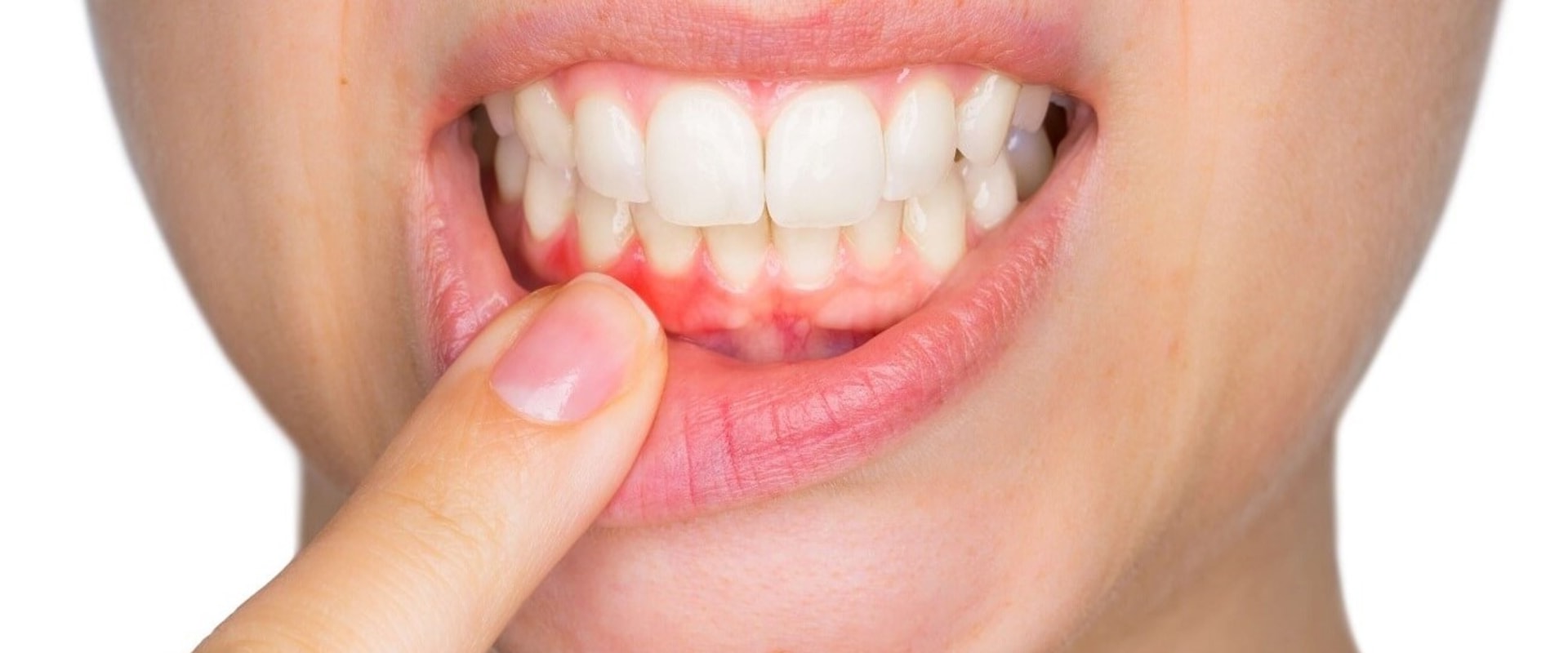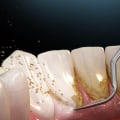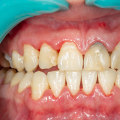Periodontitis (pere-o-don-tie-tis), also known as gum disease, is a serious infection of the soft tissue that surrounds the teeth. It is caused by poor oral hygiene and can lead to tooth loss if left untreated. Symptoms of periodontitis include swelling, redness, and tenderness of the gums. Treatment involves professional cleaning of the pockets around the teeth to avoid damaging the surrounding bone. Gingivitis is the early stage of periodontal disease.
In this stage, the gums become inflamed and red, and they may bleed when brushed. If left untreated, periodontitis can cause the gums to detach from the tooth, leading to bone loss and loose or even missing teeth. Periodontal disease is mainly seen in adults and is one of the two biggest threats to dental health. The main cause of periodontal disease is poor brushing and flossing habits, which allow plaque, a sticky film of bacteria, to build up on teeth and harden. It is a chronic inflammatory disease that is triggered by bacterial microorganisms and involves serious chronic inflammation that causes the destruction of the tooth support apparatus and can result in tooth loss.
It can also cause other health problems such as heart and lung disease. Treatment for periodontitis involves professional cleaning of the pockets around the teeth to avoid damaging the surrounding bone. This helps to remove plaque and tartar buildup that can cause further damage. In addition, regular brushing and flossing at home are essential for preventing periodontal disease.








